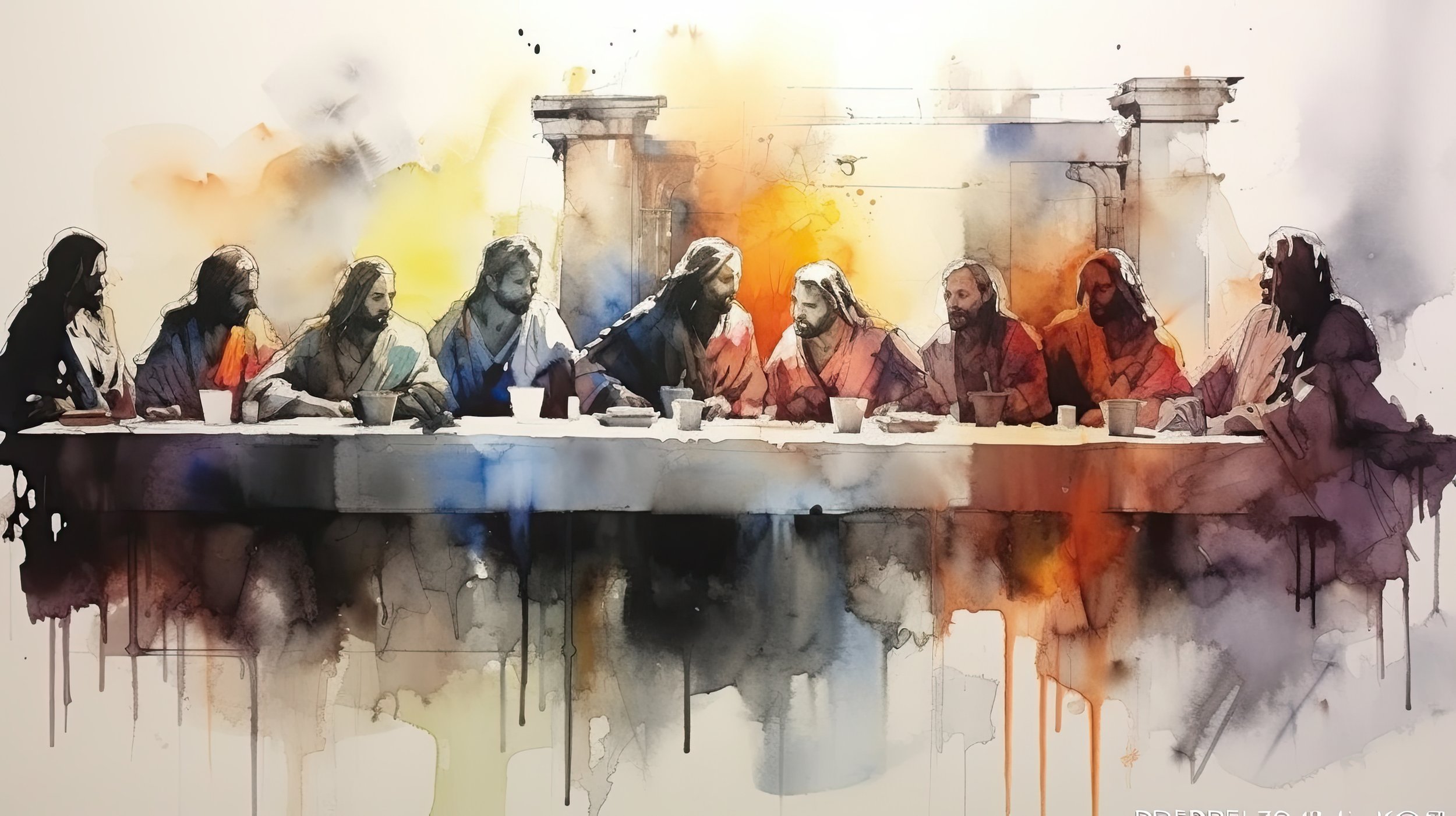The Sequence of Missio Dei in John 17 and 20
The following passages take place between Maundy Thursday and Easter Day evening.
In the Upper Room on the night of Maundy Thursday into the early morning of Good Friday, Christ prayed:
As you sent (apŏstĕllō, or “apostled”) me into the world, so I have sent (apŏstĕllō) them into the world. —John 17:18
Author’s note: For the importance of the word “as” here
(καθώς or kathōs), see John 3:16-17 and John 20:21-23.
God sent his beloved son, Jesus, to fulfill what we as infallible human beings could not fulfill ourselves: the salvation of the world through an agonizing death and a triumphant resurrection. We see the triumphant sending of Christ at work in the astonishment of the women at the mouth of the empty tomb, Peter and John’s stunned reactions at the news that the body of Jesus was not there, the events that unfolded with the disciples on the road to Emmaus, and Jesus’s appearances to His disciples behind locked doors following His resurrection. Luke’s account of the empty tomb shows the sent Christ at work:
And they found the stone rolled away from the tomb, but when they went in they did not find the body of the Lord Jesus. While they were perplexed about this, behold, two men stood by them in dazzling apparel. And as they were frightened and bowed their faces to the ground, the men said to them, “Why do you seek the living among the dead? He is not here, but has risen.” —Luke 24:2-6a
This is Jesus, God’s sent One, moving.
Then, behind locked doors on the evening of the Resurrection (Easter) Day, Jesus appears to his disciples. We have already considered John 20:21-23 in a sending context, but note here, after Christ’s death and the astounding realization that not even death can contain Him, how the sending work is five-fold:
Jesus said to them again, “Peace be with you. As the Father has sent (apŏstĕllō or misit; gesandt) me, even so I am sending (pĕmpō or mitto; sende) you.” And when he had said this, he breathed on them and said to them, “Receive the Holy Spirit. If you forgive (aphiemi) the sins of any, they are forgiven (aphiemi) them; if you withhold forgiveness (aphiemi) from any, it is withheld.”
God’s great sending (the Missio Dei) is at work in five ways here: through the Apostle Jesus; through the eleven apostles, through the Holy Spirit, through all believers and through the sending away of sin (forgiveness).
While He is still with his disciples in the Upper Room, Jesus continues to reveal the Missio Dei to them:
Then he opened their minds to understand the Scriptures, and said to them, “Thus it is written, that the Christ should suffer and on the third day rise from the dead, and that repentance and forgiveness (aphiemi, meaning to pardon or send away) of sins should be proclaimed in his name to all nations, beginning from Jerusalem. You are witnesses of these things. And behold, I am sending (apŏstĕllō) the promise of my Father upon you. But stay in the city until you are clothed with power from on high.” —Luke 24:45-49
One week later, Jesus appears to his disciples behind locked doors again. This time, Thomas is present. (See John 20:24-31) John clearly states the Missio Dei purpose in verse 31:
… but these are written so that (ἵνα [hina]) you may believe that Jesus is the Christ, the Son of God, and that (ἵνα [hina]) by believing you may have life in his name.
